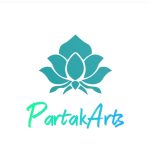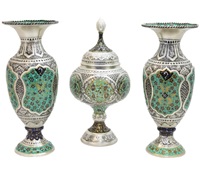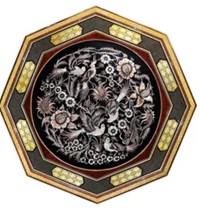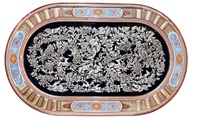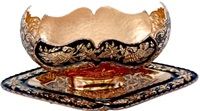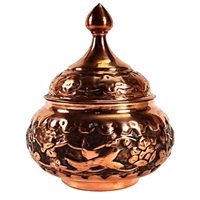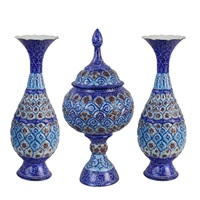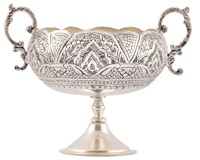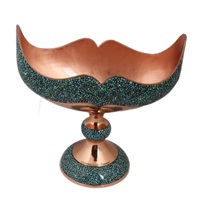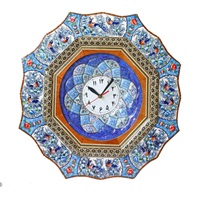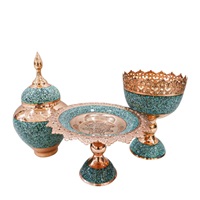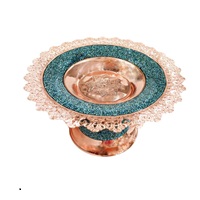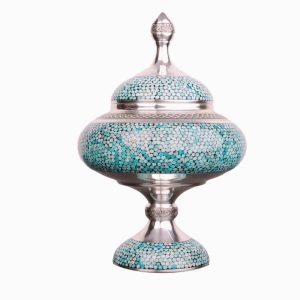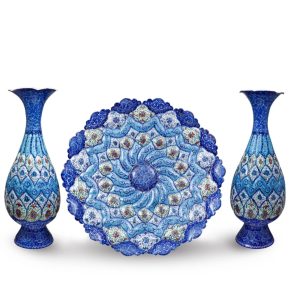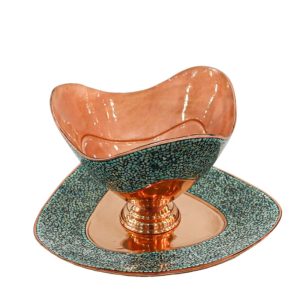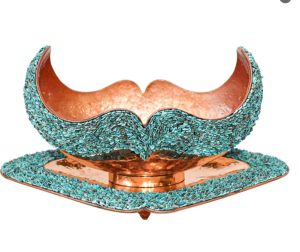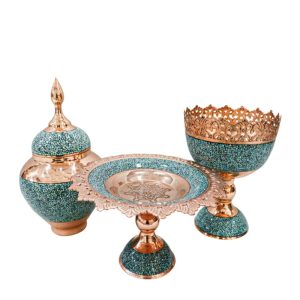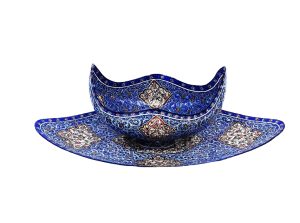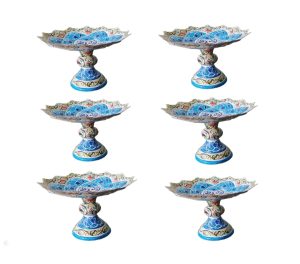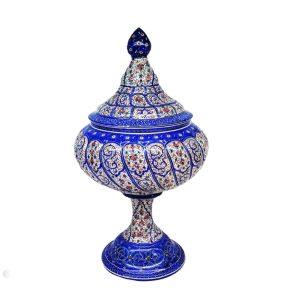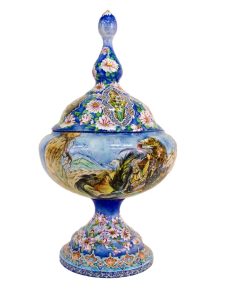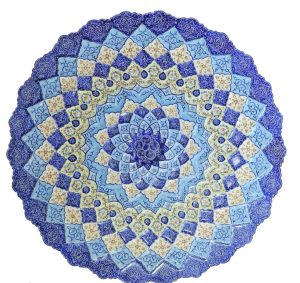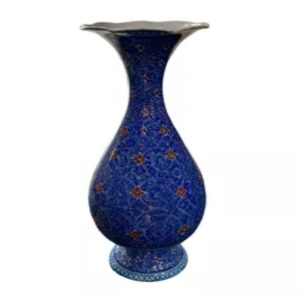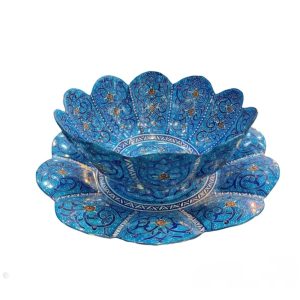Please check the stock of the goods by phone before depositing the money. It is necessary to explain that it takes about two months from the time of registration of the request to the delivery of the goods
Blog
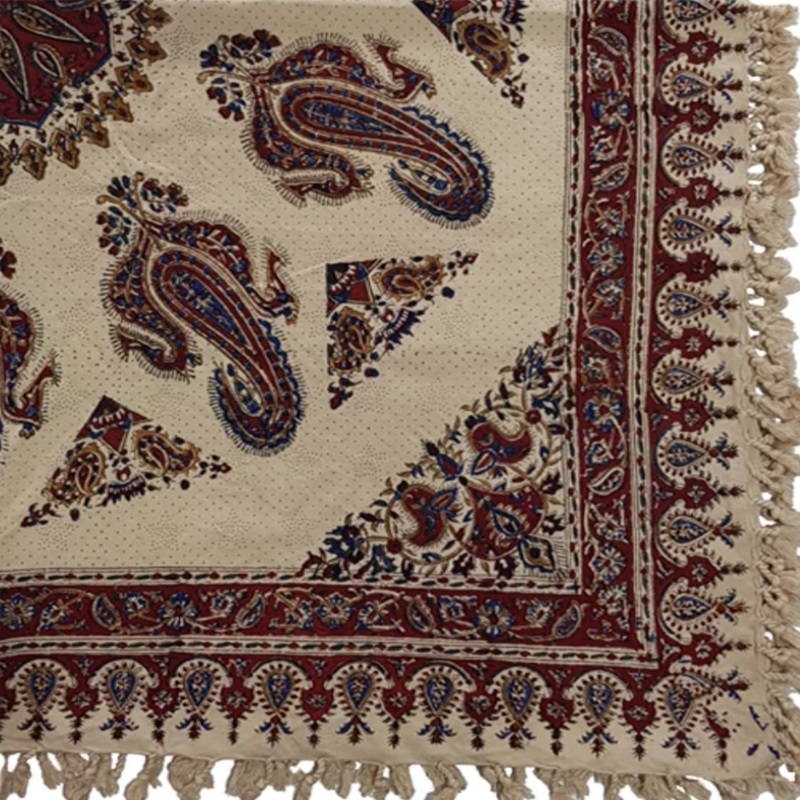 GHALAMKAR: HAND PRINTED TEXTILE
GHALAMKAR: HAND PRINTED TEXTILE
Ghalamkar Fabric is a type of Textile patterned Iranian fabric. The fabric is hand-printed using patterned wooden stamps made of pear wood, which has better flexibility and density for carving and long-standing utility. Depending on its density and size, a tapestry may be stamped between hundreds and tens of thousands of times. For instance, 2 meters by 1.4 meters should be stamped about 580 times up to 4000 times in an elegant work.
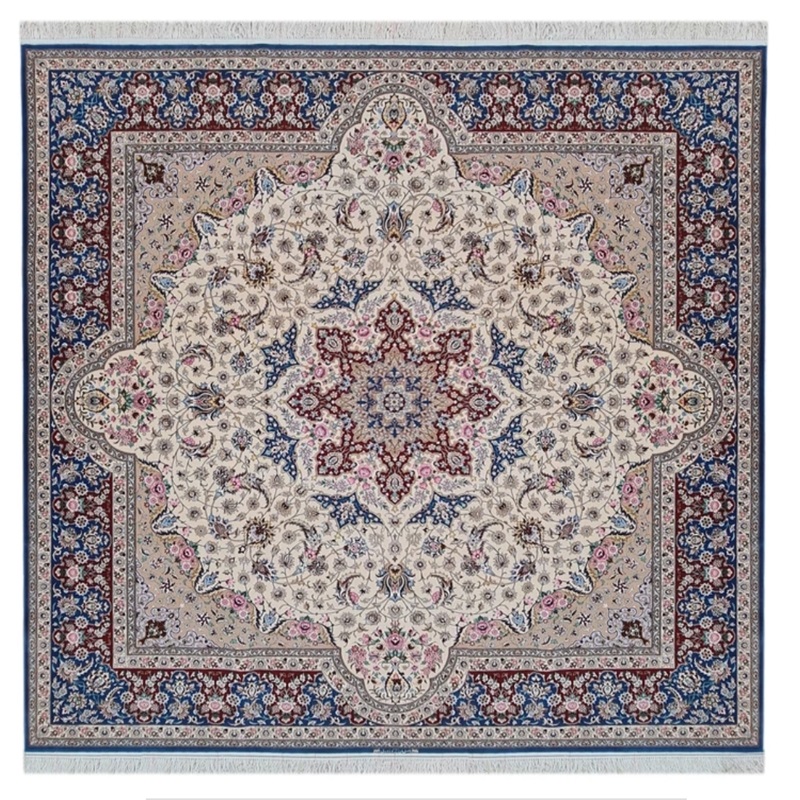 AUTHENTIC PERSIAN RUGS
AUTHENTIC PERSIAN RUGS
Persian rugs are perhaps the most popular and notable of all antique rugs. With their timeless elegance and regal charm. Persian rugs and carpets of various types were woven in parallel by nomadic tribes in village and town workshops, and by royal court manufactories alike. As such, they represent miscellaneous, simultaneous lines of tradition, and reflect the history of Iran, Persian culture, and its various peoples.
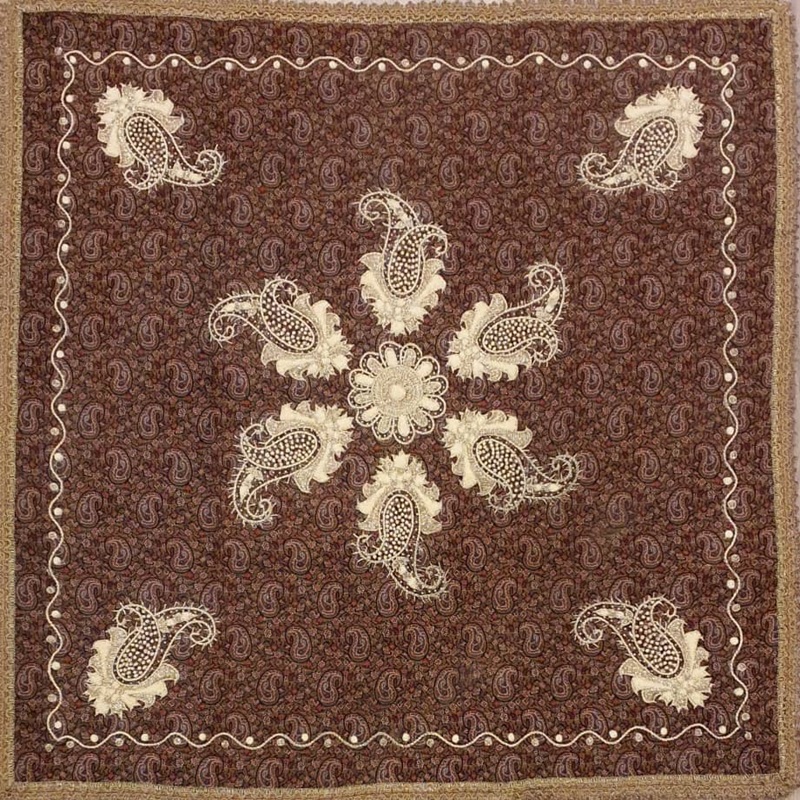 TERMEH: LUXURY QUILTED TEXTILE
TERMEH: LUXURY QUILTED TEXTILE
Termeh is a colorful handwoven textile with particular patterns, mainly Persian Paisley, which was originated in Yazd. Although nowadays they are not 100% handmade, a good quality Termeh can be woven a maximum of 100 cm a day, and since there are only a few machines for weaving Termeh, it is still an exclusive and costly kind of tablecloth. Weaving Termeh is a sensitive, careful and time-consuming work that a good weaver could produce only 25-30 centimeters in a day
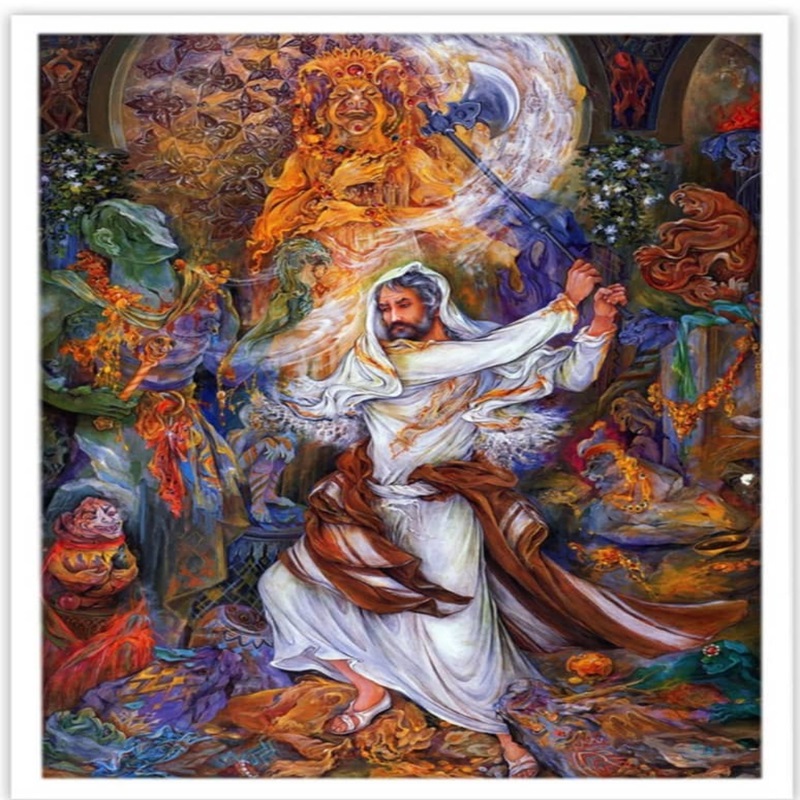 MINIATOR: MINIATURE HAND PAINTING
MINIATOR: MINIATURE HAND PAINTING
Persian Miniature is a small handmade oil painting on paper or, more importantly, on a piece of camel bone. The techniques are broadly comparable to the Western and Byzantine traditions of miniatures in illuminated manuscripts. The bright and pure coloring of the Persian Miniature is one of its most striking features. The workshop tradition and division of labor within both individual miniatures complicate paintings’ attribution. Some are inscribed with the artist’s name, sometimes as part of the picture itself
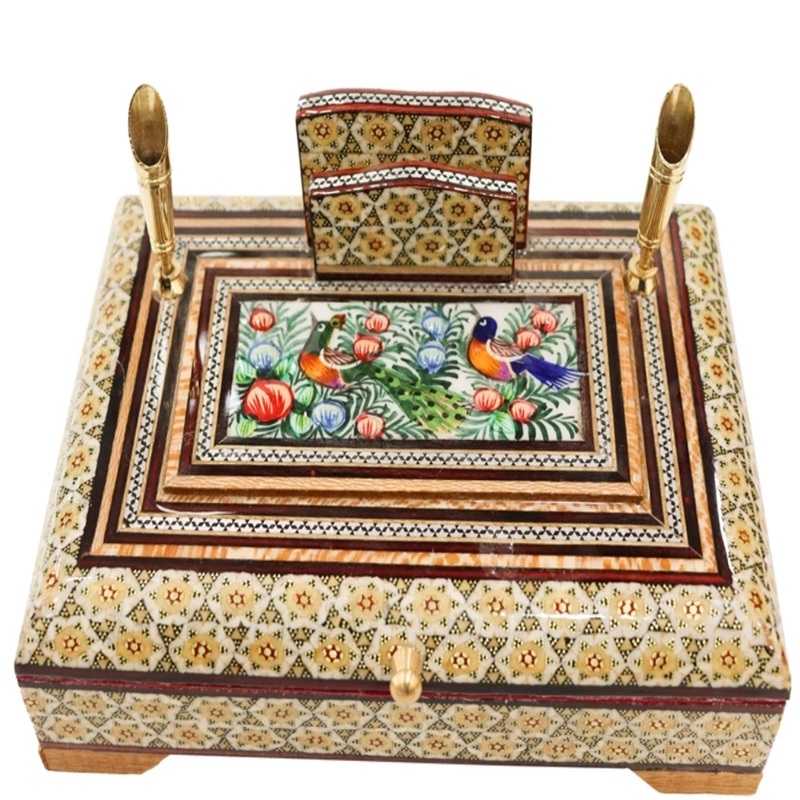 KHATAMKARI:MARQUETRY WITH WOOD
KHATAMKARI:MARQUETRY WITH WOOD
Khatam Kari consists of the production of incrustation patterns (generally star-shaped), with thin sticks of wood (ebony, teak, Ziziphus, orange, rose), brass (for golden parts), camel bones (white parts). Rods are assembled in triangular beams, themselves made and glued in a strict order to create a cylinder, 70 cm in diameter, whose cross-section is the central motif: a six-branch star included in a hexagon and then plated and glued on the object to be decorated, before lacquer finishing. Ivory, gold or silver can also be used for collection objects.
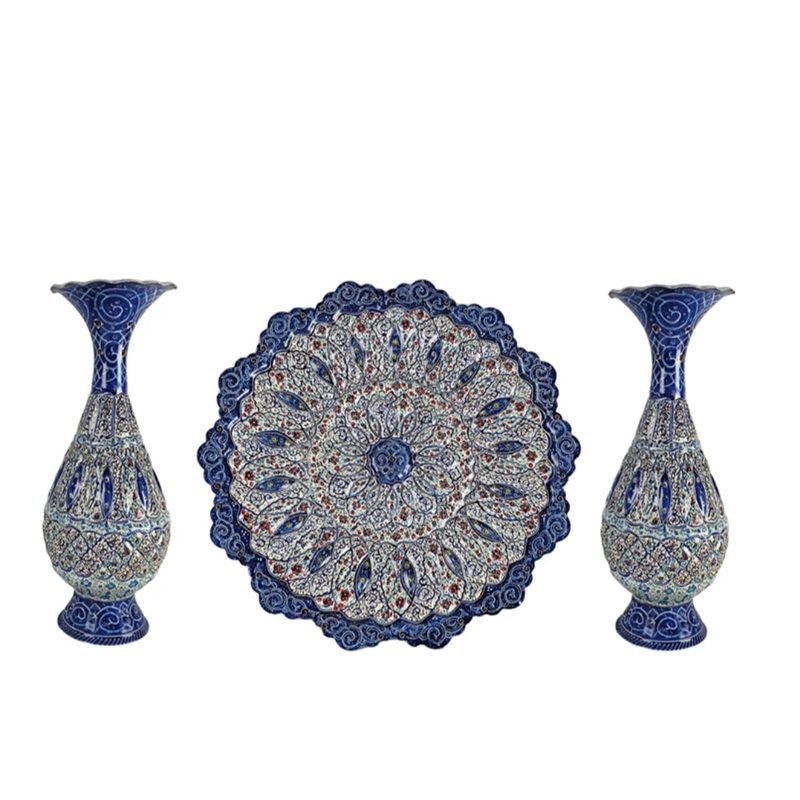 MINAKARI: ENAMEL PAINTING ON COPPER
MINAKARI: ENAMEL PAINTING ON COPPER
One of Isfahan’s distinguished art courses is enamel working and decorating metals with colorful and baked coats. Mina is a glass-like colored coat that can be stabilized by heat on different metals, particularly copper. Meenakari (Minakari) is the art of coloring and ornamenting the surface of metals by fusing over it brilliant colors that are decorated in an intricate design. Persian Enamel handicrafts can be used for wall hanging plates, home decor and candy dishes.
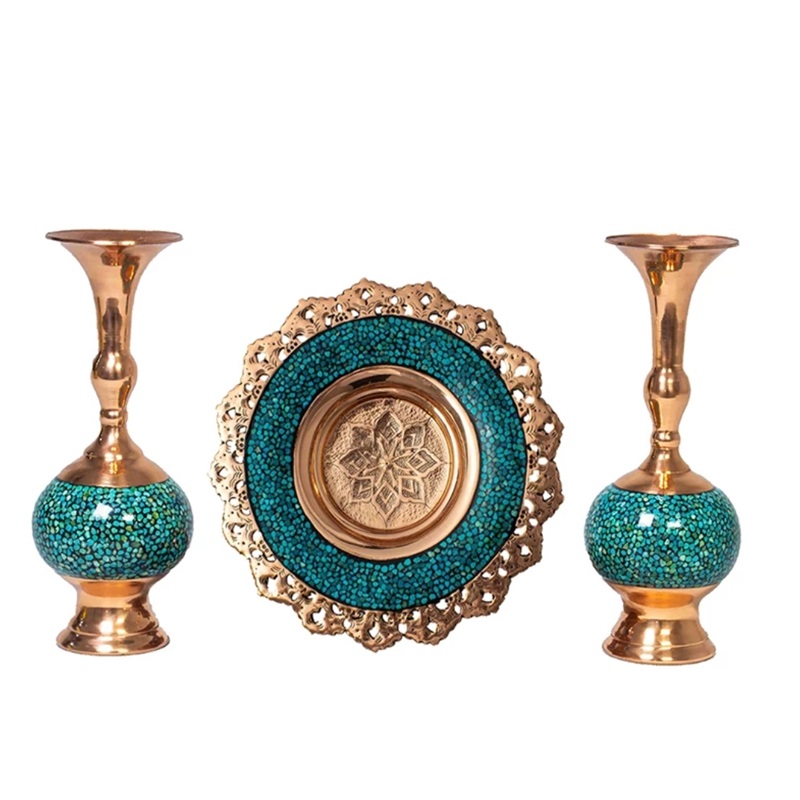 FIROOZEH KOOBI: TURQUOISE STONE INLAYING
FIROOZEH KOOBI: TURQUOISE STONE INLAYING
Turquoise Inlaying on containers includes a copper object on parts of the surface of which small pieces of turquoise are set in mosaic fashion, thus giving the thing a unique glamour. The production of Turquoise Inlaying includes two general stages: Goldsmith consists of the making and preparation of the object intended for Turquoise Inlaying using one of the metals indicated above. Then turquoise inlaying where inlayer buys waste turquoise chips and use them in making each Turquoise Inlaying object in proportion to the surface area
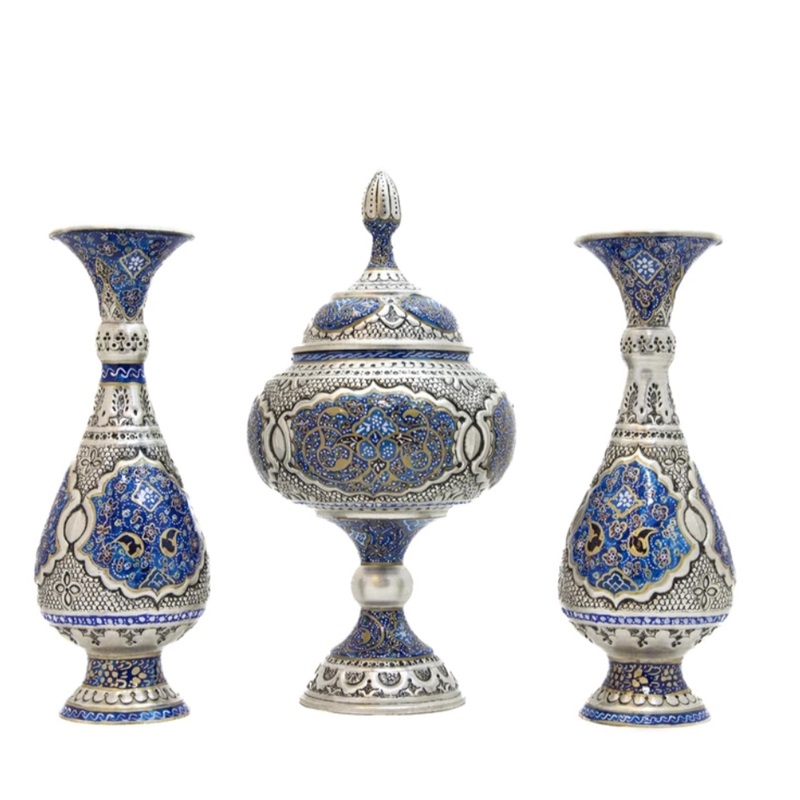 GHALAMZANI: HAMMER & NAIL METAL ENGRAVING
GHALAMZANI: HAMMER & NAIL METAL ENGRAVING
Craving (Ghalam Zani) is carving superb designs on various metals such as copper, brass, silver and gold. Isfahan is the main center for engraving. The artistic work of this course made by the artists is the glorious and undeniable indication of the previous metalwork of Iran and Isfahan. Persian Metalwork Engraving is perhaps the most continuous and best-documented artistic medium from Iran in the Islamic period. Each hand engraved item may take up to one week to be finished depending on its size.
